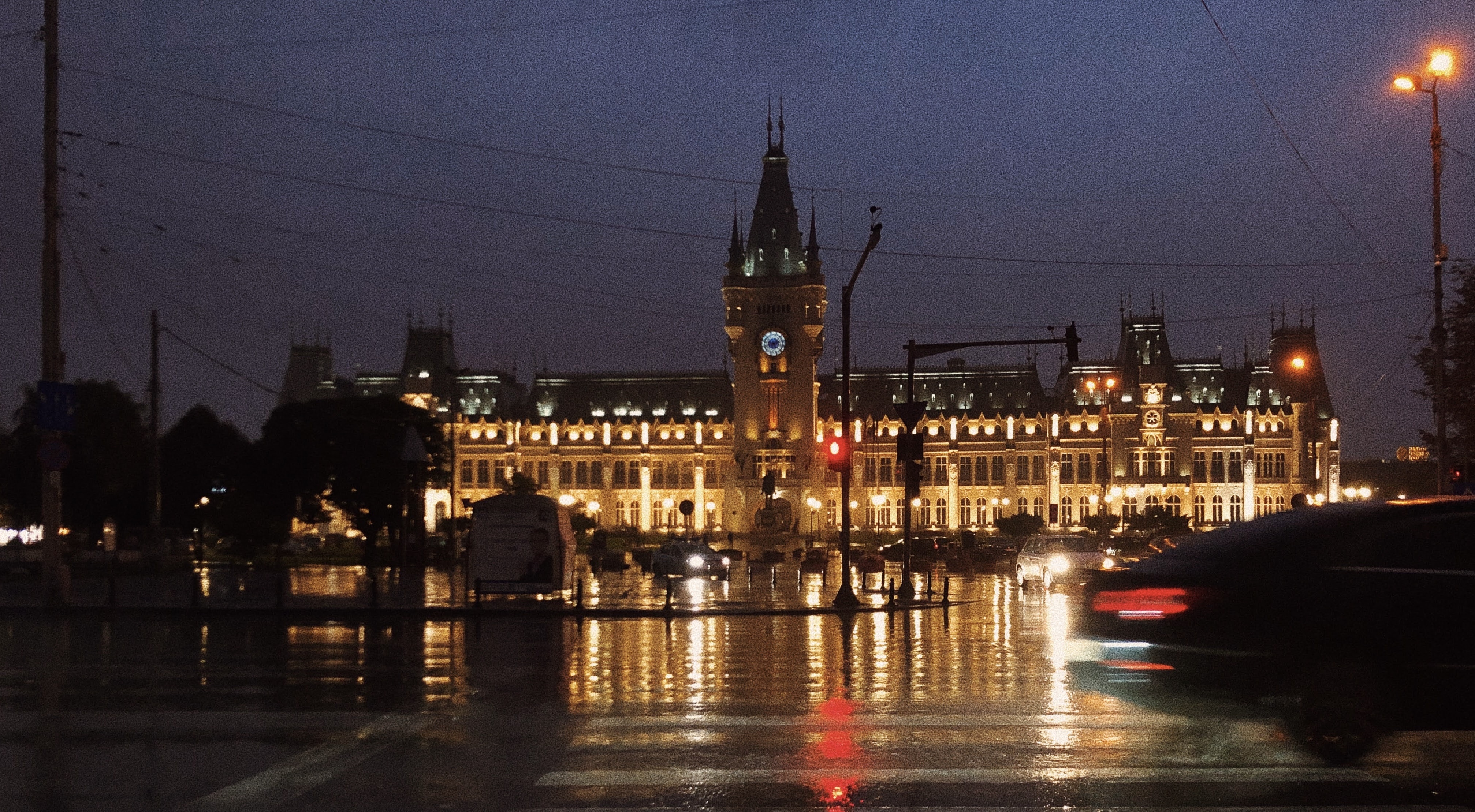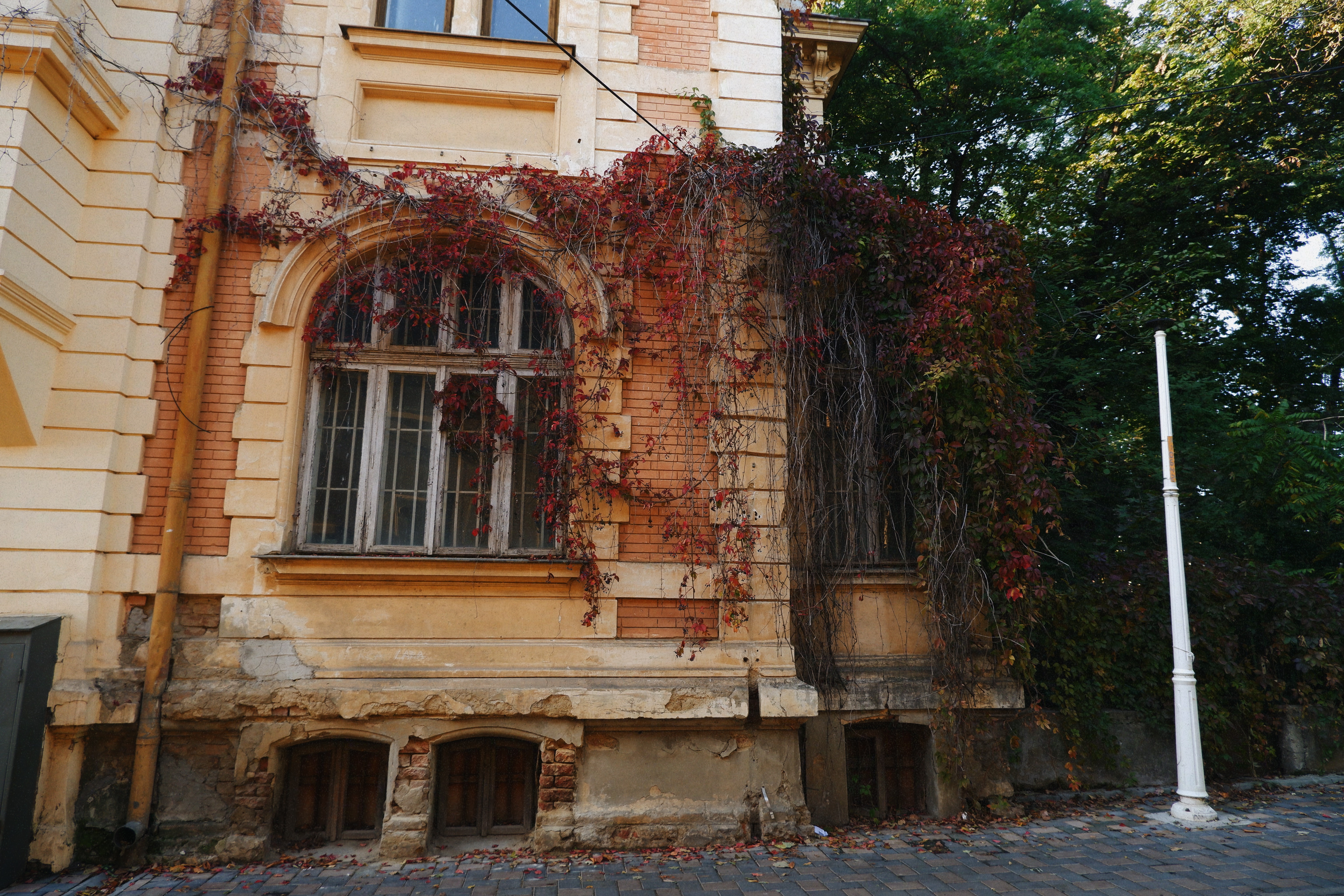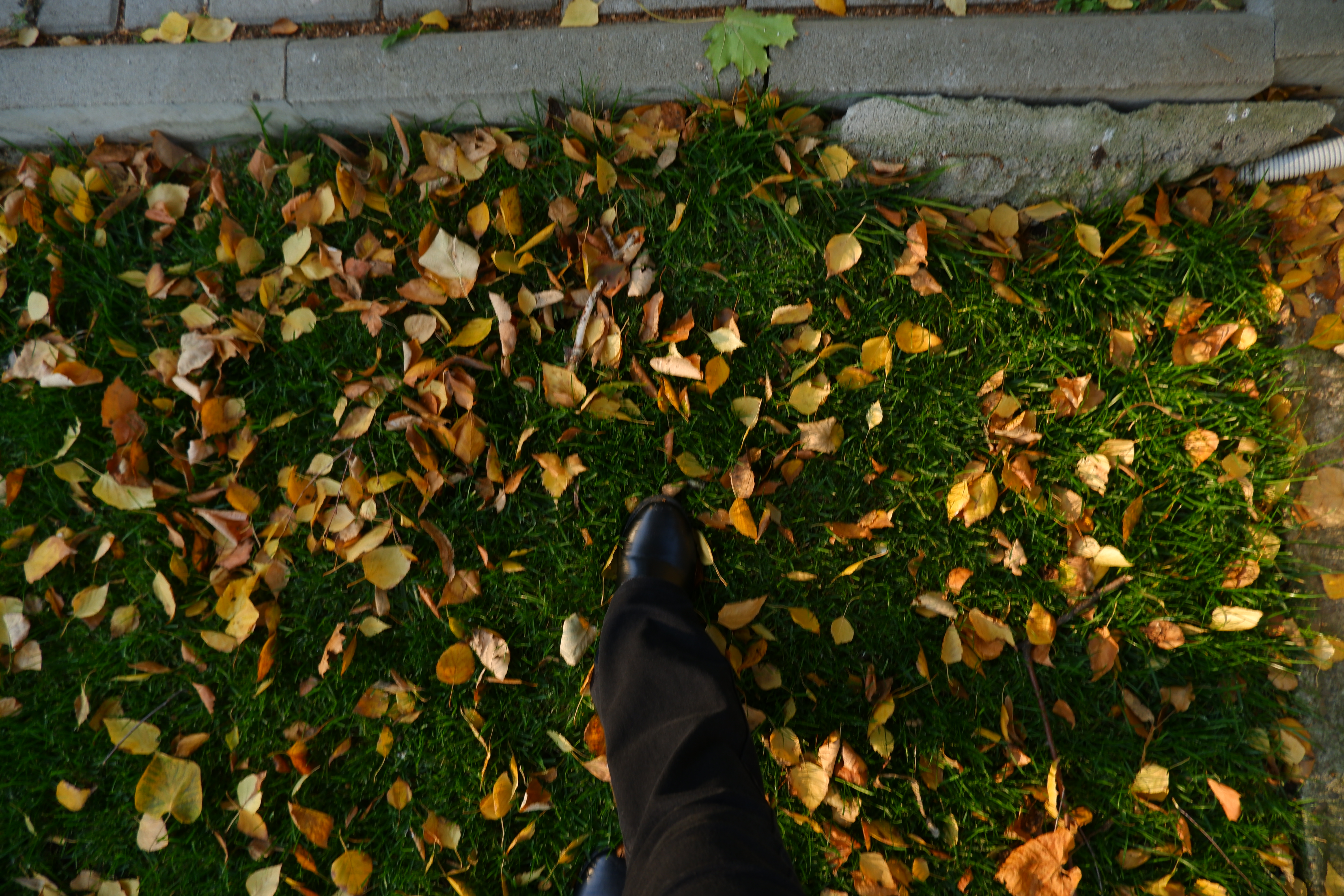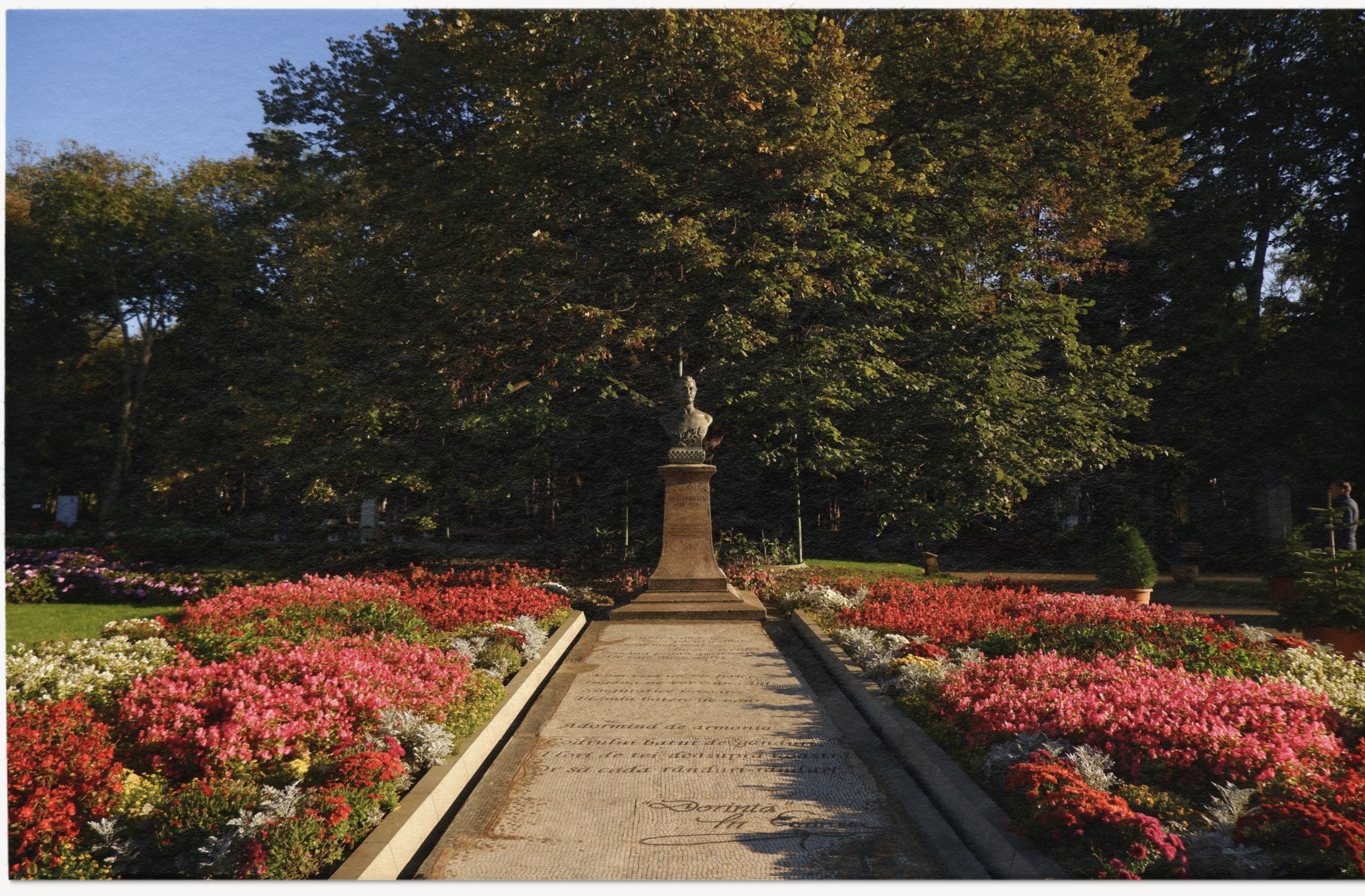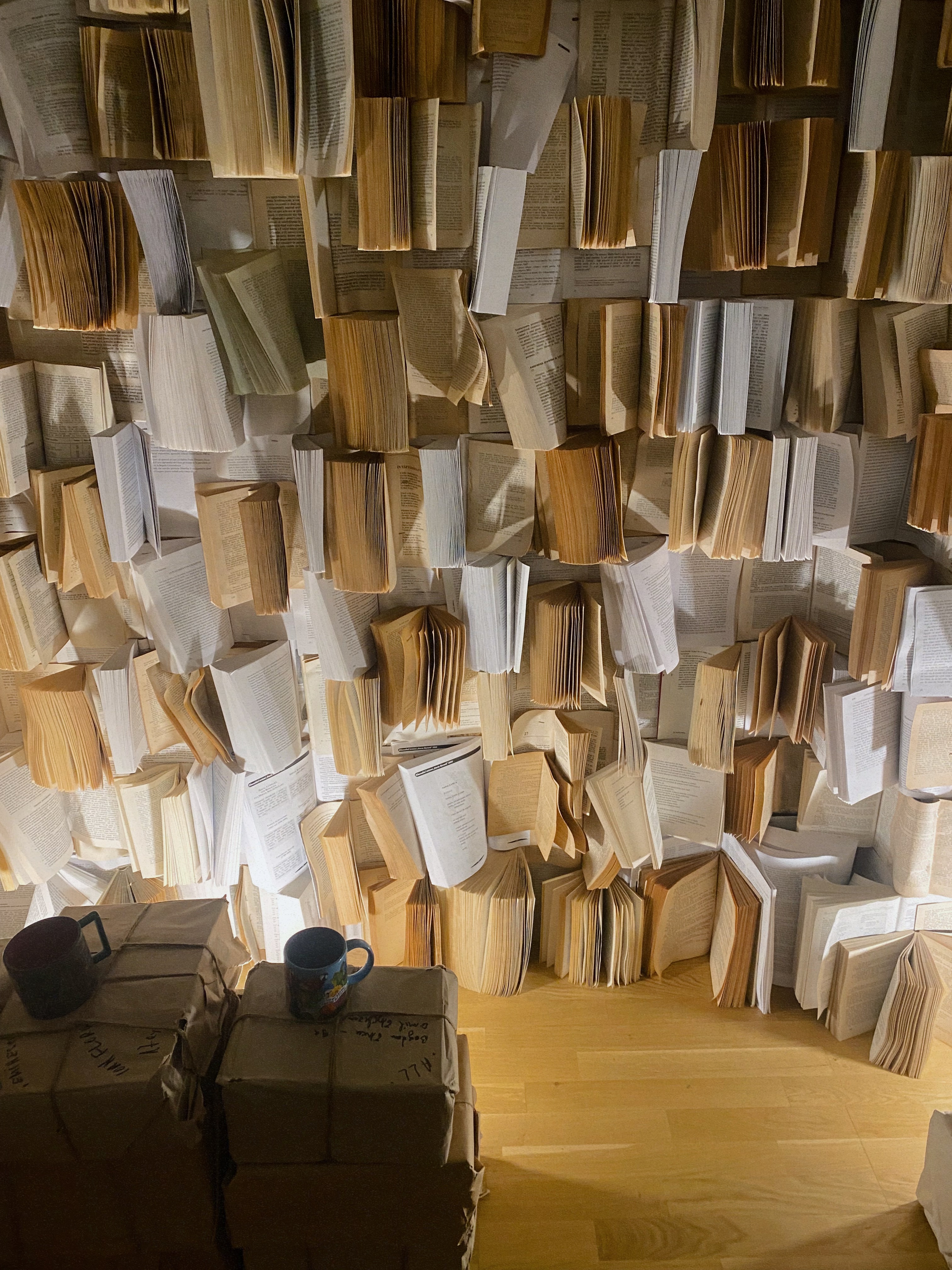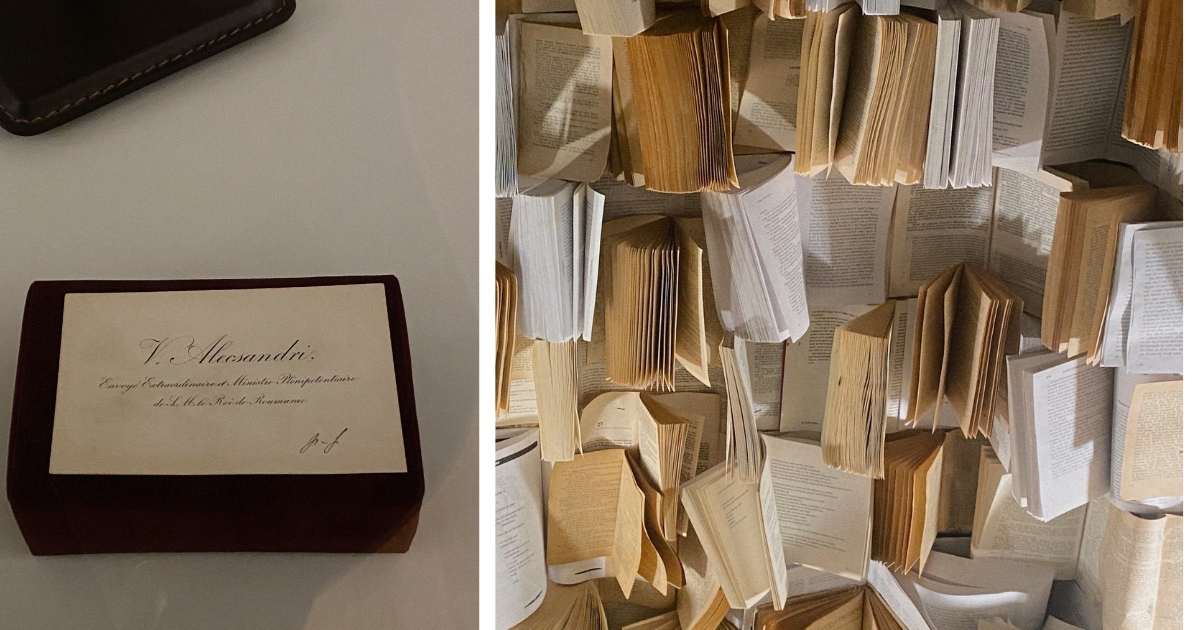EXPLORE THE ENCHANTING CITY OF IASI
ABOUT IAȘI
Must-see Attractions in Iasi
The Palace of Justice and Administration in Iași, completed between 1906 and 1923, was the vision of architect Ioan D. Berindey. With its grand architecture and imposing scale, it became the tallest and most striking landmark in the city. In 1955, the building took on a new role as the Palace of Culture, transforming into a dynamic space that celebrates art, history, and science. Today, it stands as the "Moldova" National Museum Complex of Iași, home to four national museums: the Museum of Moldavian History, the "Ștefan Procopiu" Science and Technical Museum, the Moldavian Ethnographic Museum, and the Art Museum. The complex also features a center for research and the preservation of cultural heritage
Bucium is known for its centuries-old tradition of winemaking. Recently, the area has seen rapid real estate development, with former vineyards and forests gradually being replaced by homes for Iași's wealthier residents. Despite this, the forest remains a great spot to relax, especially in autumn, when its colorful surroundings offers a peaceful escape from the city.
Copou Park, established in 1834 during the reign of Mihail Sturdza, is Iași’s oldest public park and one of Romania’s first public gardens. Over the years, it has become a cherished landmark, reflecting the city’s rich cultural heritage. At its center, near the venerable Lime Tree of Eminescu (Teiul lui Eminescu), stands a graceful obelisk. Completed between 1834 and 1841, the monument was realized through the vision of Prince Sturdza, with designs and guidance from Gheorghe Asachi. The park’s pathways lead to thoughtfully curated spaces such as the "Junimea" Alley, the "Mihai Eminescu" Museum, and the "Mihai Ursachi" Culture House. It also hosts the "Junimea" Publishing House and the "Scriptor" Magazine headquarters, reaffirming its role as a center for cultural engagement. Throughout the year, Copou Park serves as a backdrop for gatherings that celebrate the arts: poetry festivals, photography exhibitions, and artisanal fairs.
The House of Museums has emerged as a remarkable historical and cultural attraction in Iași. It draws attention not only for the site's deep historical significance but also for the distinctive nature of the exhibitions it houses, some of which are unique across Romania. A dark chapter in its history occurred in June 1941, when thousands of local Jews were detained in its courtyard and basement, with most tragically losing their lives there. Today, the site has reclaimed its cultural purpose and features a museum dedicated to commemorating that somber event. Alongside this memorial, the building, rich in history, now hosts four other museums: The Pogrom Museum in Iași, The Museum of The Jewish Theater in Romania, The Museum of Romanian Literature, The Poetry Museum, and The Museum of Childhood During Communist Times.
The historic center of Iași is a vibrant area, rich in iconic buildings, squares, and monuments that reflect the city's cultural heritage. A standout landmark is the Traian Hotel, a historic building designed by the renowned architect Gustave Eiffel, located in the heart of Piața Unirii. The area is characterized by charming pedestrian streets, old churches, and restaurants that offer an authentic atmosphere, making it one of the most attractive destinations in Iași for both locals and visitors.
